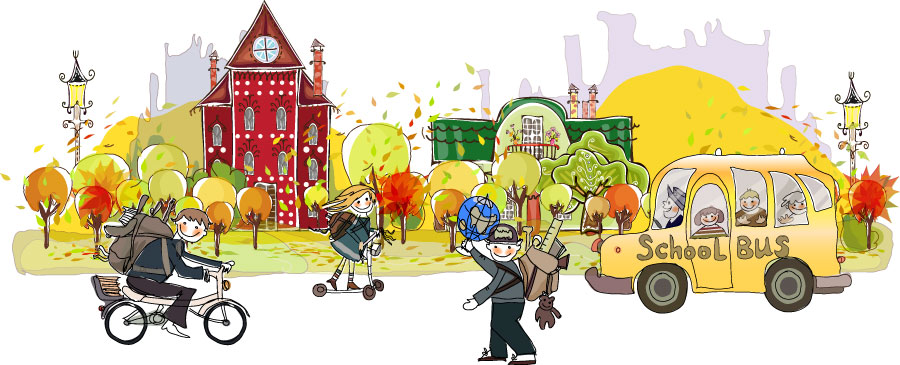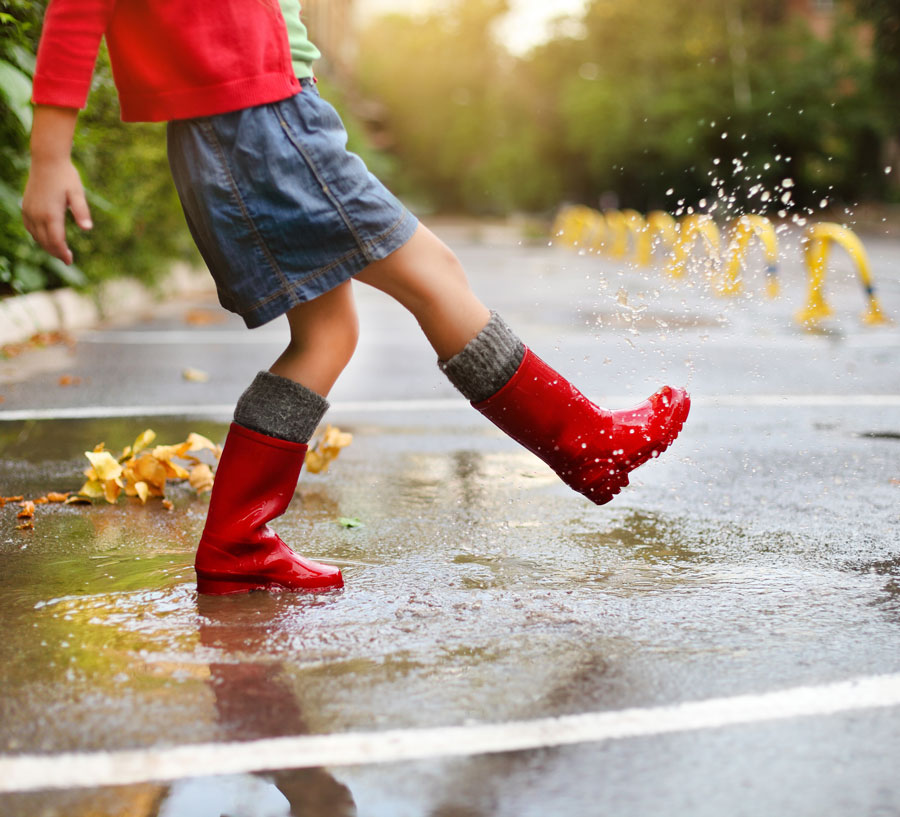Not everyone finds it easy to remember the truth of being a child, or to express those feelings in a childlike manner. If your writing winds up sounding too adult, or if you struggle to figure out how a child or teenager would think and act, try these exercises. Some can also be helpful for getting in touch with today’s children, whose experiences may be different from when we were young.
Try writing by hand rather than directly on the computer.
Some people recommend using your non-dominant hand. Perhaps use a large sheet of paper and crayons. You can even interview your child-self. When you ask questions, write with your dominant hand (if you are right-handed, that is your dominant hand). Switch to your other hand to answer. (If you had a traumatic childhood, this exercise may uncover traumatic memories. Be prepared to offer love to your child-self and your adult-self. An Internet search for “healing your inner child” will provide more advice and resources.)
Study EMDR (Eye Movement Desensitization and Reprocessing).
This technique was developed as a treatment for trauma, but it has also been used by artists and actors to improve performance. Try Emotional Healing at Warp Speed: The Power of EMDR, by David Grand, for an overview and a self-use chapter that includes using a technique for increased creativity. Another self-help guide for the layperson is Getting Past Your Past: Take Control of Your Life with Self-Help Techniques from EMDR Therapy, by Francine Shapiro.
Look over photos from your childhood.
Try to remember what was happening in your life at that time. Perhaps tell stories out loud about those days, even if the only one listening is your pet.
If you kept journals or a diary as a child or teenager, and you still have them, review them.
Don’t judge either the quality of the writing or the feelings. Allow yourself to connect with that young person and feel the strength of their emotions again. Stories and artwork you created as a child can bring back memories as well.
Use the questions under “Finding the Seeds of Stories” in Chapter 2: Finding Ideas, as writing prompts.
You can do a fun twist on this idea with a writing partner. You each tell a brief story about a childhood experience that was exciting, scary, or whatever. Then you write the other person’s story, making up details to fit. This option may make it easier to concentrate on telling a great story rather than on being historically accurate.
Volunteer at a school, summer camp, house of worship children’s program, or anywhere else where you can spend time with kids.
You can also offer to babysit or take out friends’ kids for the day. Pay attention to what interests them, how they move, and how they talk. What reminds you of your own childhood? What is different?

Hang out where kids hang out – the mall food court, a playground, the city pool – and observe and take notes.
You can bring a printout of this article or a couple of your writing books if you worry someone might be suspicious of your actions. However, I’ve never heard of anyone being questioned, despite thousands of students who have done this exercise through the Institute of Children’s Literature. Obviously you don’t want to follow, photograph, or a approach a child you don’t know. Observing from a distance is fine.
You can also try meeting with a few writing partners to observe children.
Sometimes illustrators will get together at a public place with lots of kids, such as the zoo, to do sketches. Writers can do the same, making word sketches. Spend ten or fifteen minutes writing, and then share your work aloud.
Play. As your body permits, try hopscotch, jacks, skipping, jumping rope or whatever game you played as a child.
Play on a playground: climb the monkey bars, swing, go down the slide, take a spin on the merry-go-round. Ask the kids you know to teach you their games, whether computer-based, on paper, or physical. Play with action figures or dolls. Try a coloring book, sticker book, paper dolls, or other interactive kids’ book.
Feeling Like a Kid, by Jerry Griswold
Feeling Like a Kid, by Jerry Griswold, explores how children think and shows how great children’s literature understands what it’s like to be a child.
This article was adapted from a chapter in my new book You Can Write for Children: How to Write Great Stories, Articles, and Books for Kids and Teenagers.



 Chris Eboch
Chris Eboch 